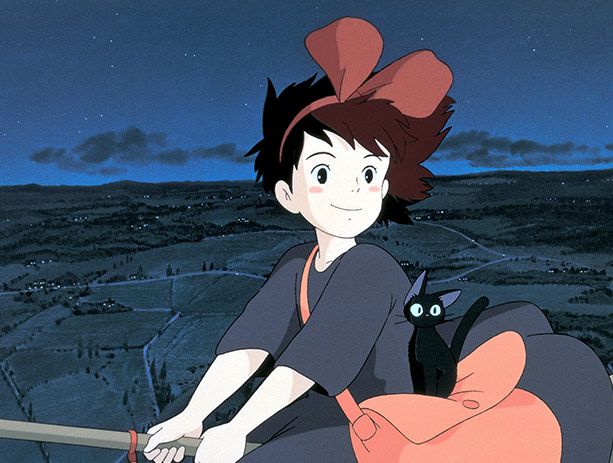 Batman #686 and Detective Comics #853
Batman #686 and Detective Comics #853
Written by Neil Gaiman
Pencilled by Andy Kubert
Inked by Scott Williams
Colors by Alex Sinclair
Published by DC Comics
After Bruce Wayne’s death in Final Crisis, DC Comics gave legendary comics creator and novelist Neil Gaiman the chance to pen one “last” Batman story in the vein of Alan Moore’s Whatever Happened to the Man of Tomorrow?, which was the last Superman story before Crisis on Infinite Earths. Equal parts love letter and thesis statement, Gaiman and artist Andy Kubert open the comic showing the usual Gotham City skyline, but with the names of important Batman creators, like Bill Finger and Jim Aparo in the background. They attempt to cram in 70 years of Batman’s history in a two part comics story and succeed in showing what makes Batman tick and endure as a character and pop culture figure. Like Gaiman’s “The World’s End” arc, there are stories within the main story told by characters, like Catwoman, Alfred, and the Joker, which mix and match different eras and aspects of Batman’s character while keeping the core elements, which is that Batman will never give up and will never stop being Batman even when his butler hires his old actor buddies to “play” characters from his rogues gallery, like the Riddler or Scarecrow.
But Gaiman couldn’t tell the story of Batman’s life, death, funeral, and afterlife without Andy Kubert and Scott Williams’ versatility as artists. There is a scene in Detective Comics #853 where they do Neal Adams, Jim Aparo, and Dave McKean’s art styles in a single page. Kubert and Williams show a deft balance of the various elements of the Batman mythos from showing the different cars the various villains show up in (two distinct art style for Two-Face’s ride) to Batman and Catwoman sharing a rooftop kiss and the final “dreamlike” sequences where a young, happy Bruce Wayne reads a book in the very literal of shadow of a bat. They inject each scene with emotion even in the moments featuring the villains, like Clayface melting and forming tears when he remembers Batman telling him that he was worth saving. Scott Williams’ inks are precise and vary depending on the scene from paper thin lines when Batman realizes he is having a near-death experience, to the thicker lines for the more traditional superhero scenes, like Batman’s “deaths”, and Superman speaking his piece at the funeral. Colorist Alex Sinclair adds to the aura of death and memory by using whites and yellows for the candles near Batman’s casket as well as when he comes face to face with his mother in the “afterlife”. And there are the usual black, blue, and grey depending on which “Batman is in the story. Depending on the scene, Sinclair’s colors evoke sadness, nostalgia, or even spiritual reflection.
Whatever Happened to the Caped Crusader could end up be a retelling of different Batman stories from different eras, or a giant comic book Easter Egg hunt, but it transcends these kind of boundaries and finds a place slightly under, but still very close to Neil Gaiman’s masterpiece The Sandman, which is the ultimate story about stories. Here Gaiman plays the same songs with different chords and arrangements. For example, his Catwoman story begins as the typical “cat and mouse” Catwoman and Batman flirting, but takes a dark twist when she ties up a wounded Batman so he will never leave her even if it means his death. Gaiman plays with the parts of the Batman mythos, and he gets the toy box from Bob Kane and Bill Finger’s “Bat-Man” to the unbeatable Bat-God seen in Grant Morrison’s run. He makes some great points about the character, like when he applies Robin’s “Holy” puns from the 1966 TV series to Batman working miracles (Breaking his “no guns, no killing” rule to take out a god in Final Crisis.) and sacrificing himself for the good of others. And the ending to Gaiman’s story could be applied to the superhero genre as a whole where characters who have been around for 75 years can still have great stories told about them to this very today (see the conclusion to Scott Snyder and Greg Capullo’s “Zero Year” story line). And it is the closest readers will ever get to an ending to the legend of the Dark Knight.





